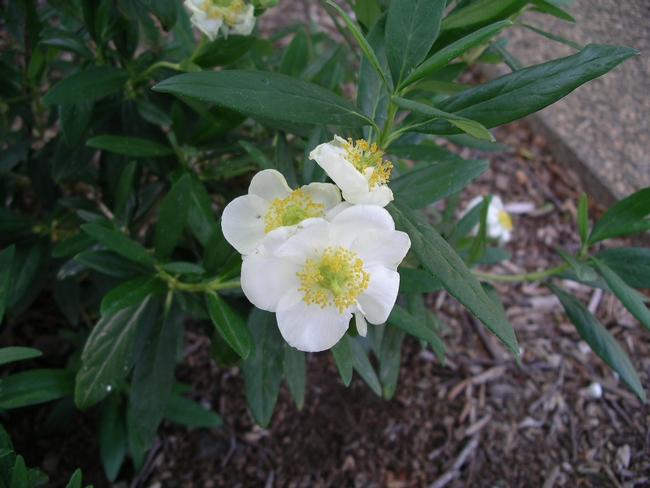By Cindy Weiner, Butte County Master Gardener, April 4, 2014
Spring is here, and many native plants are coming into bloom. Orange California poppies color the roadside and hills. Redbuds burst with magenta flowers. Butterflies flutter among the blue dicks in grassy areas in upper Bidwell Park and along foothill roadsides. The good news is that many California native plants look just as good in the home garden as they do in the wild.

Sages (genus Salvia) are a large group of shrubby perennials in the mint family. They come in a wide variety of sizes, shapes and colors but all are native to dry areas of the state. Many species are also available as hybrids or cultivars. They are easy to grow in full sun and require little to no water once established. Sages thrive on neglect; applying fertilizer or giving too much water will shorten their lives. They have tubular, two-lipped flowers generally arranged in whorls around their square-shaped stems. Sage flowers are very attractive to hummingbirds, native bees and other pollinators. Their foliage is often aromatic.

- White sage has silvery foliage with white flowers that grow clustered on spikes rather than in whorls. It can be sheared lightly after flowering.
- Purple sage has gray-green leaves and pinkish-purple flowers and grows in a mound to four feet tall.
- Creeping sage is an eight-inch-tall groundcover which spreads to form a patch eight or more feet across. It has gray-green leaves with blue-violet flowers. Native to the northern Coast Range and Sierra Nevada foothills, on the valley floor it does better with some afternoon shade.
- Cleveland sage has dark green, aromatic leaves with purple flowers and grows to about three feet tall. Most sages benefit from annual pruning, especially to thin out woody centers.
Best of all, while the blooms of California natives can make valuable contributions to your spring garden, they also attract all kinds of pollinators, so your vegetable patch and fruit trees will benefit, too.